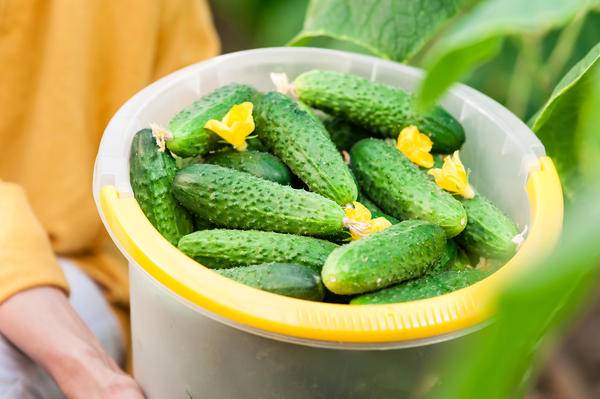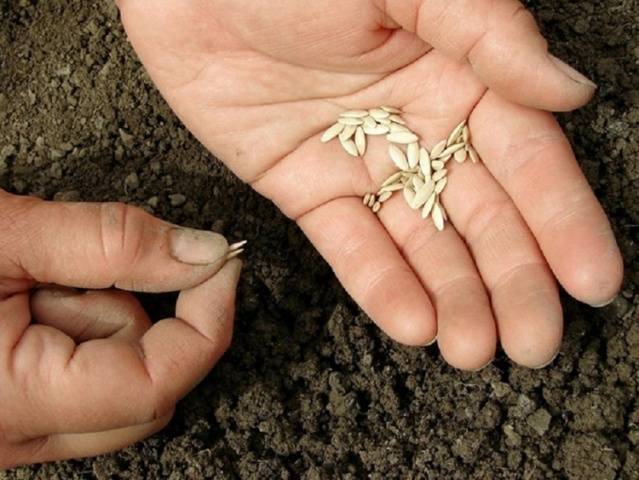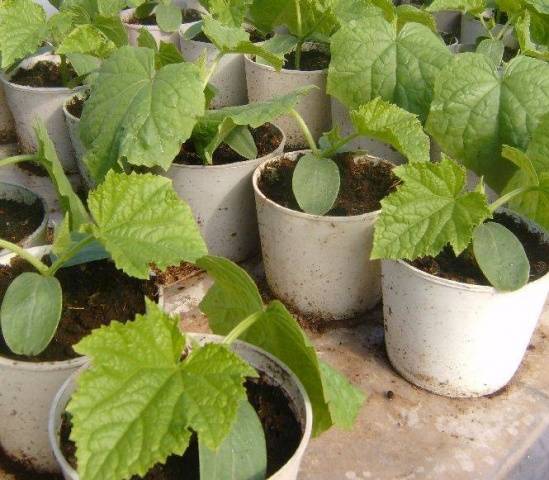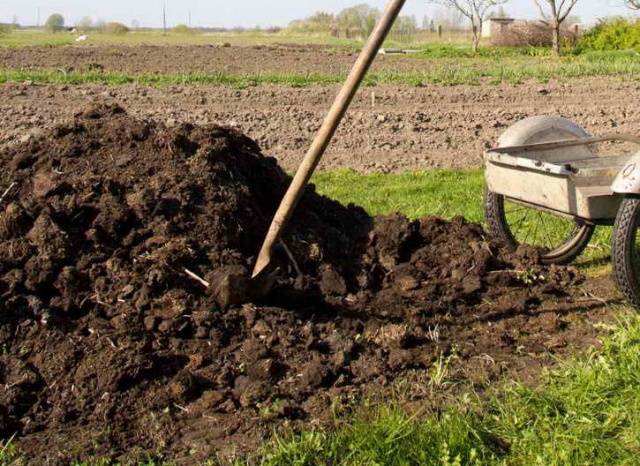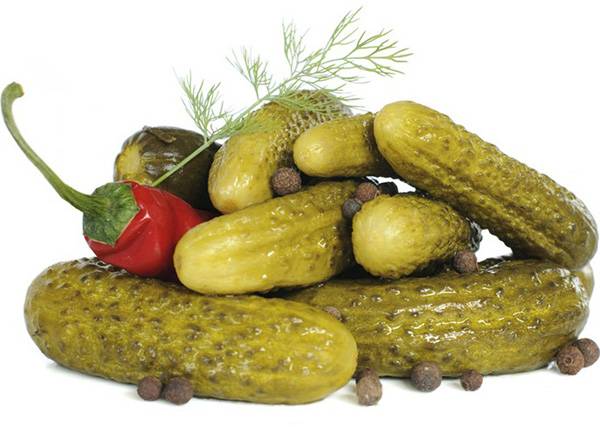The Phoenix variety has a long history, but is still popular among Russian gardeners.
Variety history
Cucumbers of the Phoenix variety were bred at the breeding station of Krymsk by A.G. Medvedev. In 1985, an epidemic of downy mildew raged, from which vegetable growers in Hungary, Bulgaria, and the GDR suffered. Then the disease reached the southern regions of the Soviet Union.
At first, the disease was resisted, for example, there were resistant varieties, but downy mildew changed, mutated, and it became impossible to fight it. But, having experience in this area, Soviet scientists in 1990 brought out a new variety of cucumbers, which was designated by the numbers 640, but then received the loud name Phoenix. Like a mythological bird, the plant rose from the ashes, into which the cucumber tops turned from the influence of downy mildew. Phoenix turned out to be resistant to the cucumber mosaic virus.
Literally in a year, it was possible to multiply the Phoenix cucumber variety, the seeds of which were received by vegetable farms. The work of breeders continued, on the basis of Phoenix, F1 hybrids were bred, with directional properties: not depending on pollinator insects, disease resistance, good taste. Look at the photo how the plant looks like.
Description
Phoenix 640 cucumber is intended for outdoor cultivation. Refers to late-ripening, it takes about 60 days from planting in the ground until the beginning of fruiting. The scourges of the plants are powerful, strong, grow up to 3 m long, it is best to organize a support for them.
Cucumber Phoenix fruit description: cylindrical, oval-oblong green with light greenish longitudinal stripes. Fruit weight up to 150 g, length up to 15 cm, they have tubercles with white thorns. Cucumbers are good for fresh use, preserved and salted. The plant bears fruit as long as weather conditions permit, when other varieties of cucumbers have already ceased to bear fruit. Subject to agricultural technology, it gives high yields, from 1 sq. m you can collect 2.5-3.5 kg of cucumbers. The plant is pollinated by insects.
Phoenix Plus cucumbers are created by the same breeder. But they have slightly different characteristics, in contrast to the Phoenix 640 variety. The variety belongs to the mid-season, it takes about 45 days from planting in the ground to the beginning of fruit ripening. The plant is more compact, medium-sized, medium-branched. The leaves are small in size, light green.
Fruits are neat, weighing up to 60 g, up to 12 cm long, dark green, pimply, have a small rare pubescence of white. The use of fruits is universal: they are suitable for preparations, for salads and fresh consumption. Phoenix plus is resistant to powdery mildew and tobacco mosaic virus. In the new variety, the disease resistance property is even more entrenched. The advantages of the variety include a high yield compared to the base variety: more than 6 kg per 1 sq. m.
Growing
Growing Phoenix cucumbers does not differ much from other varieties. They were bred as unpaved ones. Seeds can be planted directly in open ground or pre-grown seedlings.
Planting in the ground takes place in late May - early June, when positive average daily temperatures are established, and the threat of a return of May frosts passes. Soil temperature should be more than +15 degrees. The first time, while the night temperatures are low enough, use arcs on which to stretch the covering material.
If you decide to grow cucumber seedlings, then take care of planting it in early May. Plants are best planted outdoors when 2-3 true leaves are formed. Plant the plants outdoors at the end of May.
Covering material can be discarded when daytime temperatures are at least +22 degrees, and nighttime temperatures are +16 degrees. At lower temperatures, plants stop growing, so a fallback is required to retain heat as a cover material.
Before planting, prepare the soil, add rotted manure, dig up.
Cucumbers love light, porous soil. They do not like heavy clay soils, prone to stagnation of moisture. There is a way out: the composition of soils is improved by the introduction of humus, sand, peat. The methods are not costly financially, but will allow you to significantly improve the yield.
The Phoenix variety grows best if the scheme is 50x40 cm when planting in a row or staggered. Phoenix cucumbers plus will save you some space, for them the planting pattern is 40x40 cm.
Before planting, soak Phoenix cucumber seeds in a weak solution of potassium permanganate. After planting the seeds, cover the bed with plastic wrap.
The Phoenix variety is one of the “planted and forgotten” varieties. But with proper regular care, the plants will thank you with a bountiful harvest. Do not forget that cucumbers are 90% water, so they just need regular watering. Water as the topsoil dries up, more often on dry days, it is better to water with water that has warmed up during the day in the evening to avoid leaf burns.
Phoenix cucumbers love regular feeding, respond with rapid growth and fruiting. Combine fertilizing with mineral and organic fertilizers. Infusion from poultry manure, manure or from plants stimulates the formation of green mass. Fertilizing with mineral fertilizers promotes fruit formation. You can use ready-made mineral mixtures for feeding cucumbers, for example, Kemira-Lux, which will prepare the plant for the fruiting period. The fertilizer has been tested by gardeners, the plants become strong and hardy, the yield increases by 30%.
The Phoenix variety gives an increased yield if the plant is tied up and formed into a cucumber bush. You can pinch the main stem, which will lead to additional lateral branching of the plant.
Collect fruits in 1-2 days. Cucumbers quickly outgrow and lose their taste. In addition, they draw away moisture and nutrients that are so necessary for flowering and the formation of ovaries. For tips on growing cucumbers, see the video:
Conclusion
The Phoenix variety has established itself as a reliable plant, resistant to diseases, the lack of regular watering. Cucumbers will delight you with their abundance and taste, both fresh and prepared.


